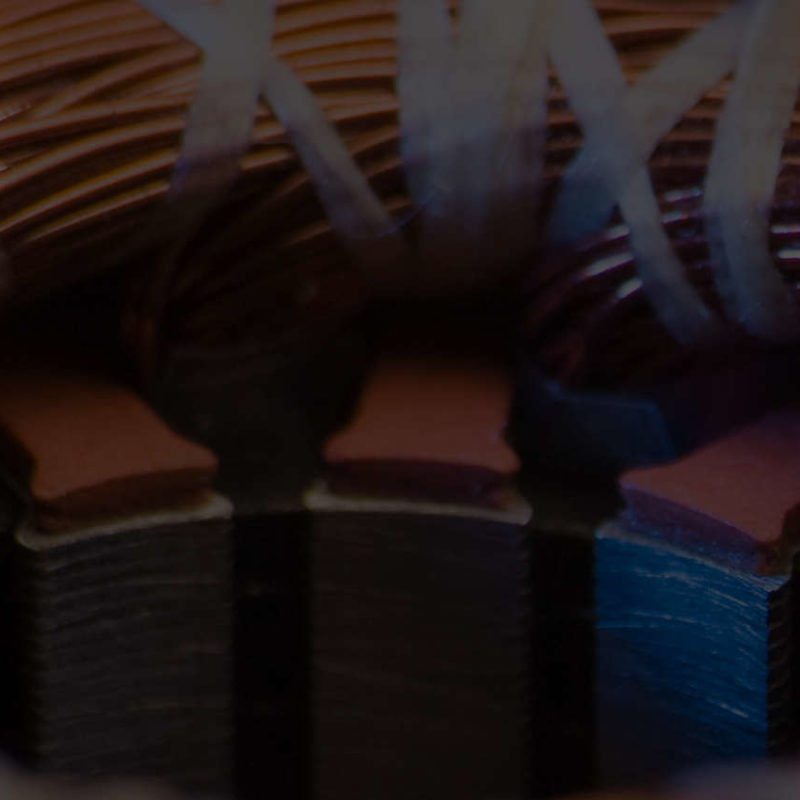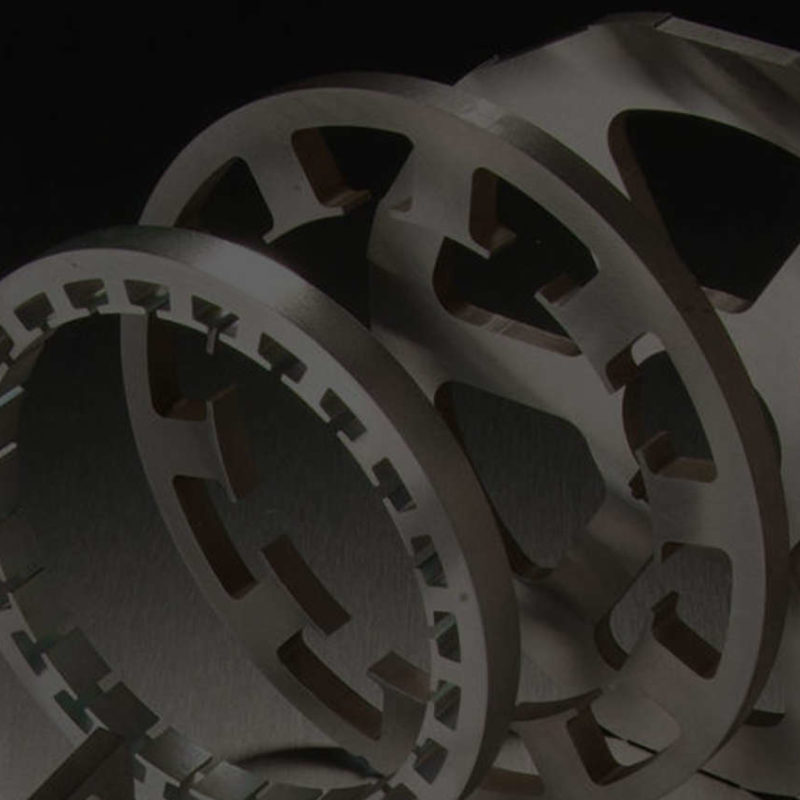Solution
It was clear that the disparate systems approach was becoming a hindrance to ongoing growth as they simply couldn’t keep up with the variety of work and changing requirements of customers and staff. The options were to either upgrade to the latest version of EFACS or completely replace EFACS with a new system, though as Simon says, it wasn’t really a difficult choice. “To begin with, we had enjoyed a positive and productive relationship with Exel since 1994 and we couldn’t afford to jeopardise the ongoing smooth running of the business. Plus, even if we had wanted to go with another vendor, we knew our data was very much tailored to the way we work and in a highly customised version of EFACS.
Exel demonstrated its latest version, EFACS E/8 to HV Wooding mid-2010 and it was immediately obvious that this was exactly what was required. Not only was it based on the latest technology, it could also be run within HV Wooding’s virtual environment. Furthermore, EFACS E/8 functionality now extended to every area within the company, with Simon recalling that the Document Management and Workflow modules particularly impressed. “Given that we work with customer engineering drawings, 3D models, photographs etc., having all of these in one, easy to manage and access place, within EFACS E/8 was a real benefit. We were also impressed by the ADAPT customisation toolset capabilities, which makes it simple enough to quickly and easily automate or carry out simple tasks, yet powerful enough to completely change how the system operates. For us this means we can simplify and combine business processes into a single interaction within EFACS E/8.”
An order was duly placed in December 2010 with implementation being carried out in partnership with an EFACS E/8 implementation specialist from Exel. Simon recognised that getting the buy-in from existing EFACS users would be central to success so he set about working with the Exel consultant to take each HV Wooding department through how they used the current EFACS system. After this they then walked through how each person’s job would be done on the new EFACS E/8 system and generated a comprehensive ‘wish list’ of customisation requirements. “These sessions were repeated regularly,” explains Simon, “with users given time away from their desks to use the new EFACS E/8 system and to ensure that it worked as they, and we expected.” He continues, “The outcome was that for most people the EFACS E/8 experience was either the same or improved, with the majority of users being very receptive and looking forward to using the new EFACS E/8.”
So much so that many were disappointed when the proposed go-live was rolled back by 3 months to take advantage of a significant EFACS E/8 update which would allow HV Wooding to do even more from the outset. Simon again, “While a disappointment, it was more important not to adversely affect the performance and output of the company at that time. However, in terms of Exel, not only did we have an excellent implementation manager, the project also came in bang on target in terms of budget.” The anticipated improvement in support, due to being on the latest version of the software, was quickly confirmed in the first few days of going live when Exel was able to immediately resolve a couple of unanticipated load balancing issues.




